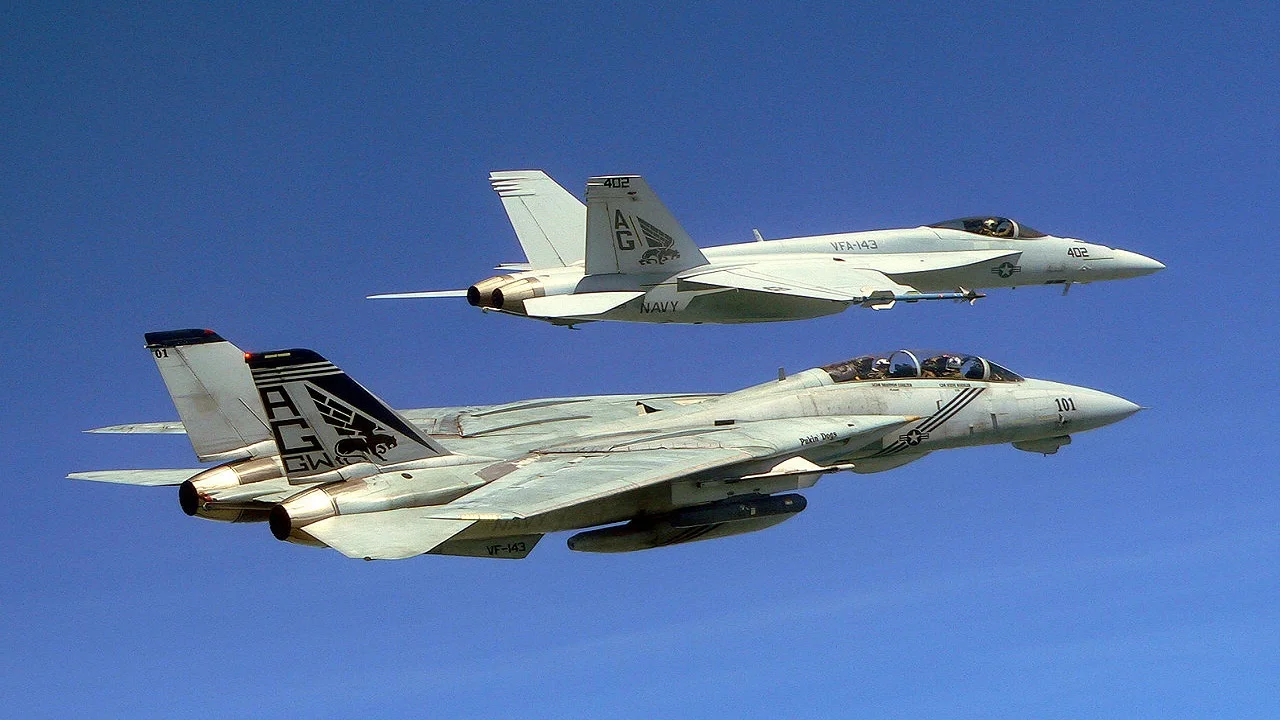
A U.S. F/A-18E Super Hornet monitoring a Russian Su-35 fighter jet faced ‘several’ technical issues including failure of its Forward Looking Infrared (FLIR) camera during a mission over Syria in 2017.
The sensor breakdown took place on 18 June 2017 when U.S. fighters were assigned to carry out a close air support (CAS) mission to assist Syrian Democratic Forces (SDF) troops on the ground in northeast Syria. They soon got into a dogfight with a Syrian Su-22 fighter-bomber as it approached SDF positions, RAND Corporation, a California-based think tank doing research for the U.S. military, revealed in a report published recently.
“Even before the Syrian Su-22 Fitter arrived on scene, there was reason for the Navy pilots to consider potential air-to-air contingencies. First, Syrian regime ground forces were operating in proximity to the SDF, so just as coalition aircraft were overhead to provide support to their local partners, it was possible Syrian aircraft would be doing the same in support of pro-regime forces. In addition, a Russian Su-35 Flanker fighter aircraft arrived overhead and began circling the CAS stack,” the report indicated.
“The Russian jet was monitored by one of the F/A-18E Super Hornet pilots, who was having issues with his Forward Looking Infrared (FLIR) sensor, which was critical for air-to-ground targeting. To make use of the Super Hornet’s other capabilities, the pilot switched to air-to-air master mode, tracking the Russian fighter, while the remaining three F/A-18 Hornets focused on the air-to-ground mission. It is worth highlighting that the sensor malfunction was just one of several issues encountered on the mission, but the pilots continued to adapt to meet the mission objectives,” it added.
While the report does not elaborate on what these other “issues” were, but does admit that the U.S. aircraft “quickly exited Syrian airspace” amid fears that Syria may activate its air defenses in retaliation to the shootdown of the Su-22 with an AMRAAM.
